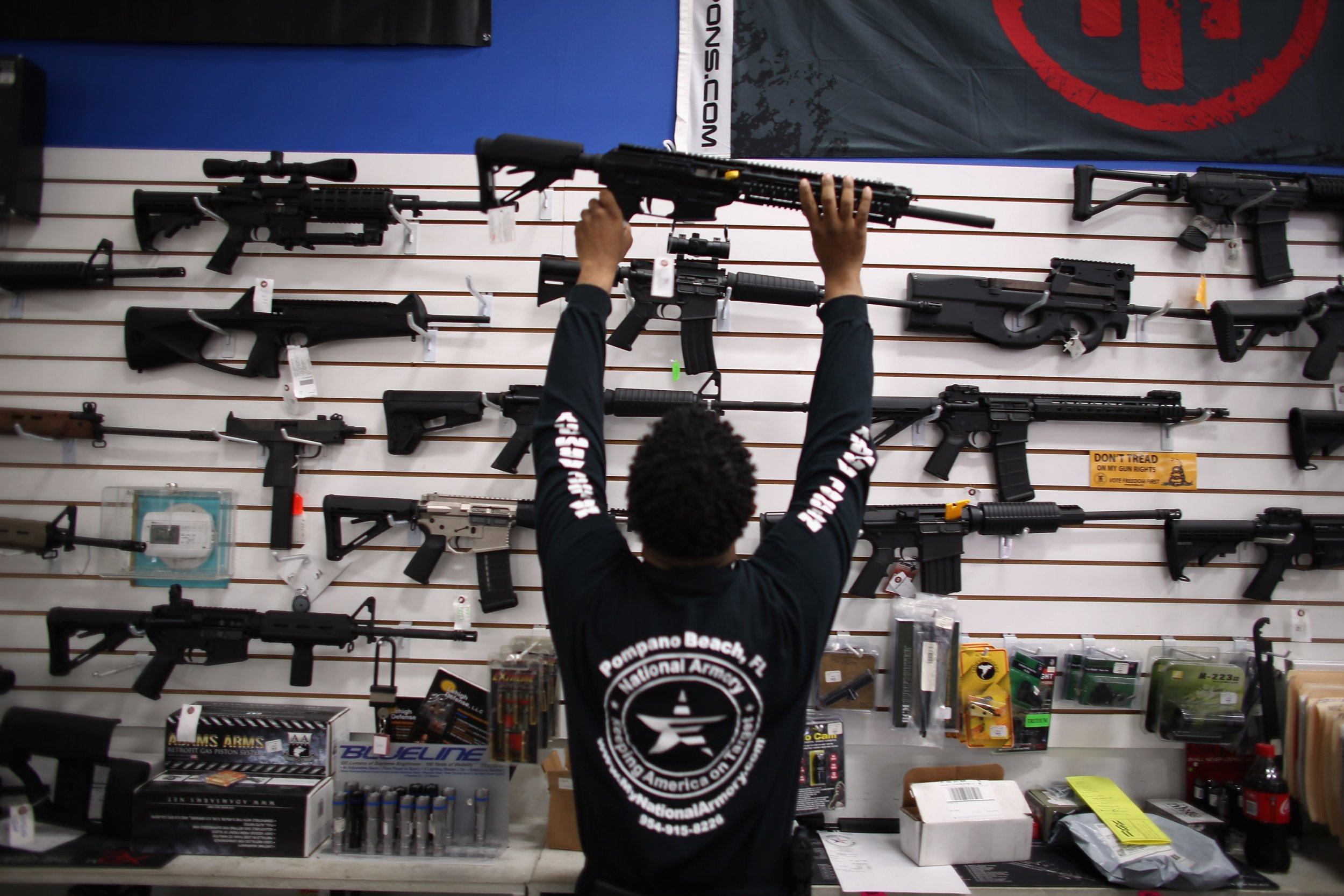Reuters
Protests in Peru since early December have led to the deaths of at least 48 people as demonstrators have clashed with security forces in the Andean country’s worst outbreak of violence in over 20 years.
WHAT SPARKED THE PROTESTS?
The protests began after Congress removed President Pedro Castillo on Dec. 7. Castillo was arrested and is being held in pre-trial detention, facing rebellion charges after he tried to illegally dissolve the legislature to avoid a planned impeachment vote.
His ouster fired up anger against the elite, especially in poor rural Andean regions in Peru’s south, which had propelled Castillo, a leftist former teacher and political novice, to the presidency in 2021.
Castillo, 53, was embroiled in multiple corruption investigations and went through five Cabinets and over 80 ministers in just 17 months. His approval rating steadily declined over the course of his administration.
Castillo’s vice president, Dina Boluarte, took over as Peru’s sixth president in five years following his ouster.
ARE THERE OTHER FACTORS BEHIND THE PROTESTS?
The unrest is also fueled by longstanding grievances about high poverty levels and discrimination felt by many in Peru’s Andean and Amazonian regions. The mountainous south is rich in copper but many say those mining riches pass local communities by.
There is also a deep distrust of Lima politicians after years of mismanagement and infighting. Congress, seen as corrupt and self-serving, has an approval rating of just 7%, according to a January survey by local pollster IEP. Boluarte is at 17%.
Peru’s south also suffered the worst of a two-decade bloody armed conflict between Maoist Shining Path guerrillas and the state, in which an estimated 69,000 people were killed or went missing.
The deaths in the protests have spurred further anger, with man demonstrators carrying banners calling Boluarte a murderer and accusing the authorities of “massacres.”
Protesters have blocked roads, taken over airports and set some buildings on fire, demanding Boluarte’s resignation, Congress’ closure, a new constitution, and Castillo’s release. There have also been marches calling for an end to the unrest.
IS PERU SAFE TO VISIT?
Some visitors have been stranded and many others have canceled trips. The ancient Inca citadel of Machu Picchu, the country’s top tourist draw, was shut in January due to the unrest and remains closed.
The U.S. State Department has Peru on a ‘Level 3: reconsider travel’ advisory and Britain advises visitors to avoid all areas of protests, which include cities tourists often go to, including Lima, Cusco and Puno.
WHAT’S THE ECONOMIC IMPACT?
Peru, for years one of Latin America’s fastest-growing economies and a relative safe haven for investors, is now bracing for more disruption to its key mining and tourism sectors, especially if Congress fails to agree on snap elections.
The protests have disrupted mining transport in a region home to major deposits such as Chinese-owned Las Bambas, Freeport-McMoran’s Cerro Verde and Glencore’s Antapaccay. MMG Ltd warned it would have to halt production at Las Bambas this week if protests continued.
The protests have caused around $1.3 billion in damage, according to government estimates, with small enterprises feeling the pain, too, in lost business.
WHAT HAPPENS NOW?
Voters, analyst and business owners say that key to ending the unrest is holding fast new elections. Congress gave initial support to moving the scheduled 2026 vote to April 2024, but there is growing pressure to hold the ballot later this year.
However, with Congress highly fragmented, lawmakers are struggling to agree on new legislation that would allow the country to hold elections in 2023. The IEP poll showed 73% of people support holding elections this year.
Establishing a timeline for new elections could calm the protests, but even that may not solve Peru’s political woes in the longer run. The IEP poll shows no clear candidate, with the favorite on just 3.6% support, well below “no-one” at 17.3%.







